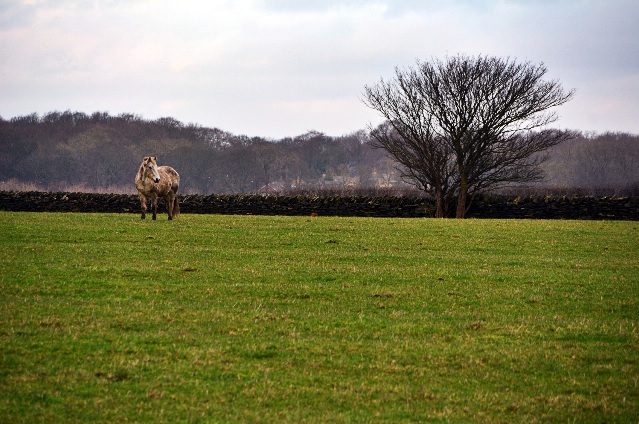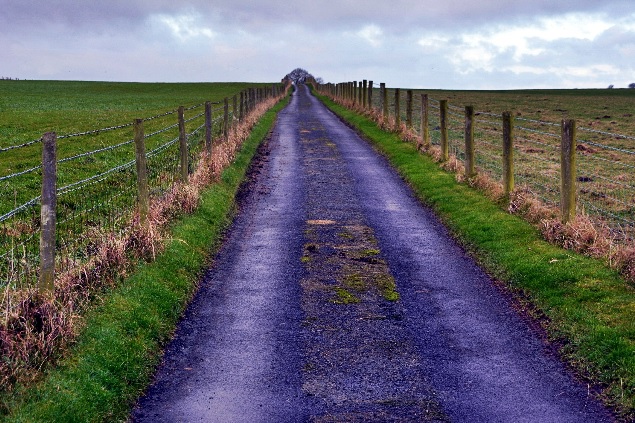Farnley was once partly covered by a large woodland which has been lost over time to farming and industry, writes MARK STEVENSON.
But back in the 1663 it was the ideal place to meet and train for the overthrow of King Charles II. This was one of many conspiracies around the country at the time as many people were not happy with the return of the king – even more so because of his Catholic sympathies.

The major plotters of the Farnley Wood Conspiracy of 1663 were Joshua Greathead, who had fought with Cromwell’s army and lead his own squadron of men, and Thomas Oates of Morley, who was a well-known character in the area.
Operating primarily in Farnley, but also with links to Gildersome, Morley, Holbeck, Bramley and Farnley, the aim was to capture and overthrow the Royalist stronghold of Leeds.

On the morning of 12th October 1663, hundreds were expected to turn up but only 26 men did so and turn out in the rest of the country was also low and most returned to their villages thinking no-one was the wiser to their failed plot.
However, in the case of the Farnley Wood plotters they were wrong. Previously, Joshua Greathead had fallen out with Captain Oates and Greathead had been an informer to the authorities ever since.
The 26 men were arrested and taken to Cliffords Tower in York where they were remanded.

Twenty-one were condemned for treason: of these eighteen were hanged at York, the remaining three escaped back to Leeds. The three hid in an inn, but were finally arrested again on the 14 January 1664.
They were transported to Chapeltown Moor, where a gallows had been constructed, (the site of the gallows is thought to be were Chapel Allerton primary school is).
They were hanged, drawn and quartered.
The executioner, said to be a local joiner by the name of Peter Mason, cut off the three heads, and preserved them. The following day, they were stuck on the railings of the Moot Hall. Not until 1677 did the wind dislodge them.
Check out more of the Mark’s History weekly column here.



